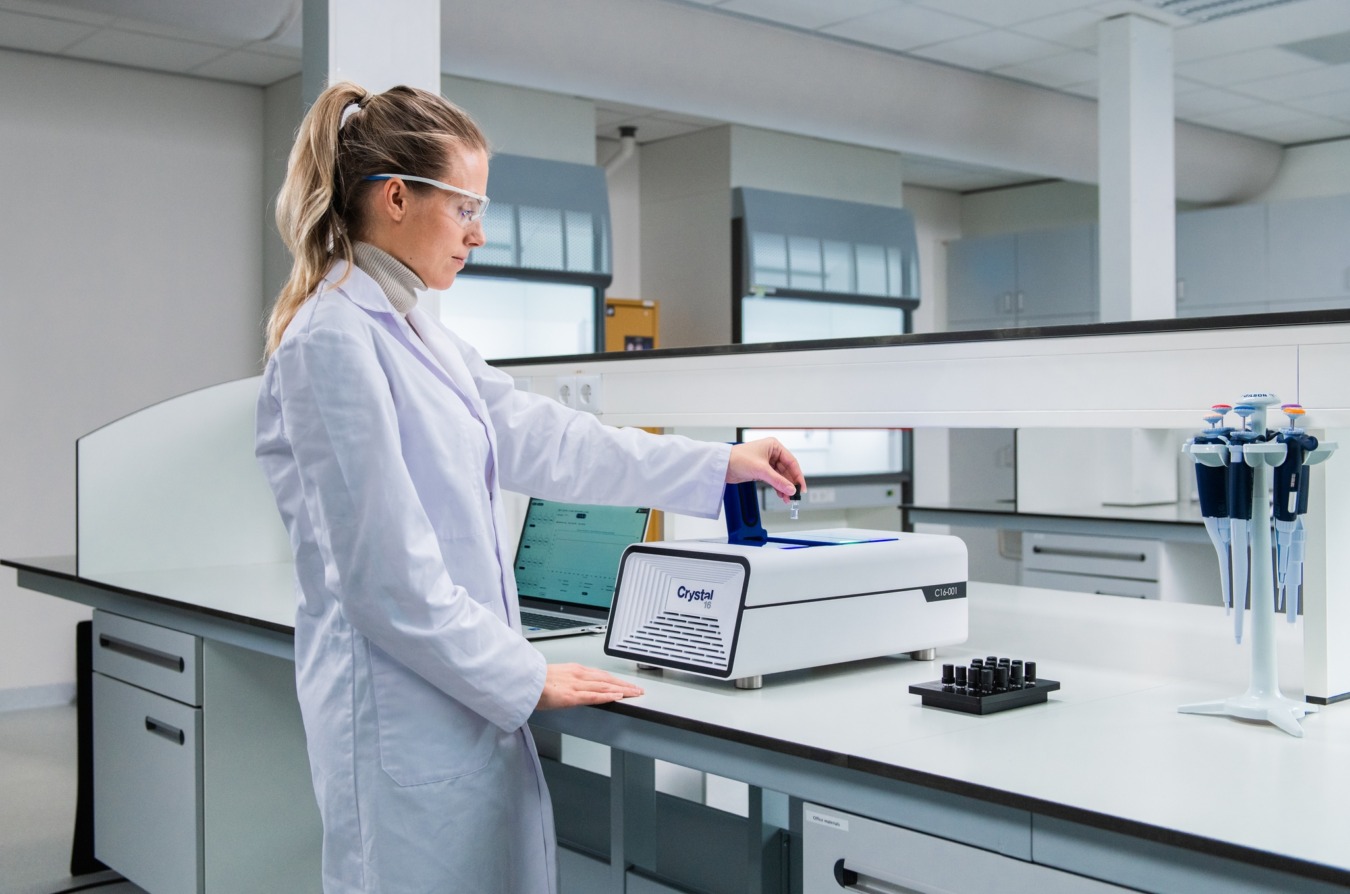Many active pharmaceutical ingredients (APIs) are formulated as solid form dosages. When selecting which solid form is used in the final formulation, many important properties are considered such as solubility, stability, and bioavailability. However, the polymorphs of the target API can sometimes be unsuitable for development. In such cases, crystal engineering strategies such as making salts and/or co-crystals of the target API are used to improve these key properties.
Salts and co-crystals are both multicomponent systems where a second molecule is incorporated into a crystal structure, with the type of bonding involved determining whether it is a salt or co-crystal. If the molecules are bonded ionically (proton transfer) then a salt is formed, and if the two molecules share a proton, then a co-crystal is formed. However, in reality, this is not so clear; with salts and co-crystals existing in a continuum. A good indicator to whether a salt or co-crystal will be formed is the ΔpKa of the active and co-former/counter ion. If the ΔpKa > 0 a co-crystal is more likely, ΔpKa < 3, but the region in between is not well defined where salts, co-crystals, and salt-co-crystals can be formed.

The relationship between salts and co-crystals can seem trivial (the position of a proton) but has significant impact on the regulatory pathway API goes through. Salts and co-crystals have been shown to improve physiochemical properties such as solubility, stability, taste masking, dissolution profile, bioavailability, and melting point.

The Crystal16 is a powerful system used for diverse solid state screening including salt and co-crystal formation. Using 16 parallel reactors, you can test a wide diversity of crystallization conditions such as solvents and solvent mixtures, compound concentrations, co-formers, temperature profiles. Understanding where a solid form fits within the salt-co-crystal continuum is paramount and, in our application notes we describe several screening methodologies intended to help you navigate this complex crystallization space.
Curious to learn more?
Discover the various the applications of Crystal16 instrument in solid state screening, including salt and co-crystal formation.